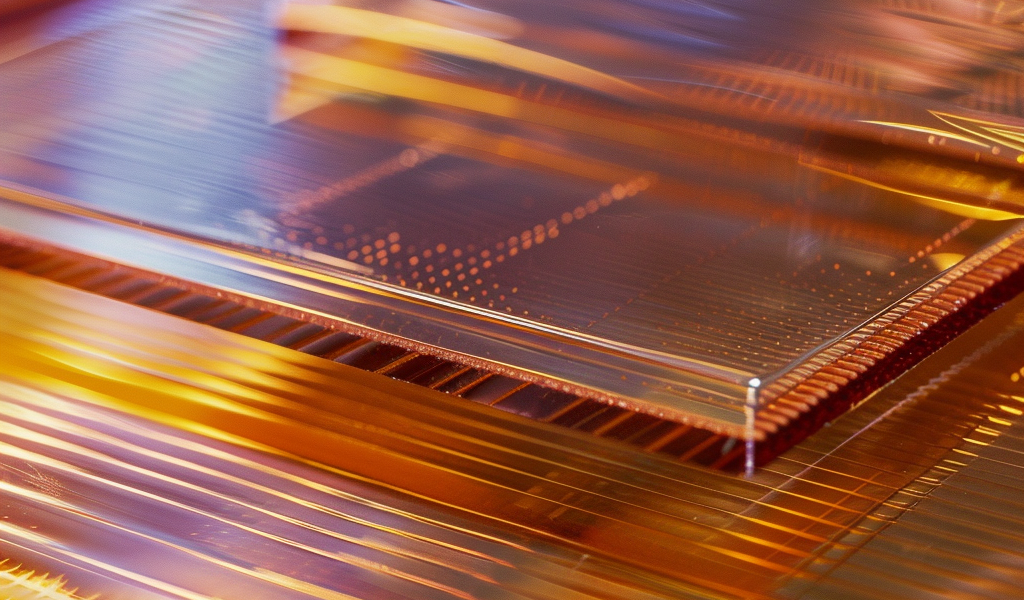Researchers at Lawrence Berkeley National Laboratory (Berkeley Lab) and UC Berkeley have made a groundbreaking discovery in the field of microcapacitor energy storage and power density. This development could potentially revolutionize the world of technology, paving the way for ultra-efficient devices, including handheld gaming PCs with significantly longer battery life.
The team of researchers has unveiled a new capacitor design utilizing engineered thin films of hafnium oxide and zirconium oxide, known as HfO2-ZrO2. These films, grown through atomic layer deposition using standard materials and techniques from industrial chip fabrication, have demonstrated remarkable energy storage and power density capabilities.
Compared to traditional electrostatic capacitors, the newly developed microcapacitors exhibit nine times higher energy density and an astonishing 170 times higher power density at 80 mJ-cm-2 and 300 kW-cm-2, respectively. The research findings were published in the prestigious journal Nature under the title ‘Giant energy storage and power density negative capacitance superlattices.’
Professor Sayeef Salahuddin, the project lead at UC Berkeley, expressed surprise at the exceptional energy and power density achieved through this innovative capacitor design. This breakthrough opens up possibilities for a new generation of ultra-efficient devices that could potentially revolutionize the world of technology.
Capacitors, unlike batteries, store energy in an electric field between two metallic plates separated by a dielectric material. They offer rapid discharge and recharge capabilities, making them ideal for applications requiring high power density and efficiency.
This advancement in microcapacitor technology holds promise for the development of handheld gaming PCs with significantly improved battery life, offering users a more seamless gaming experience on the go. The integration of these high-performance microcapacitors into future devices could usher in a new era of energy-efficient electronics.





